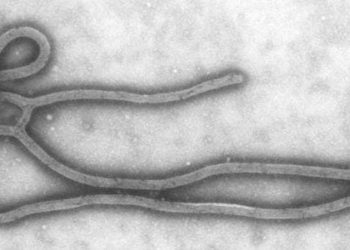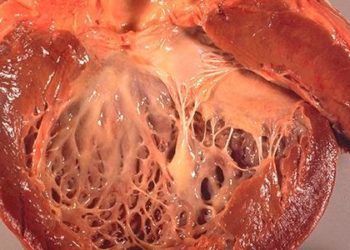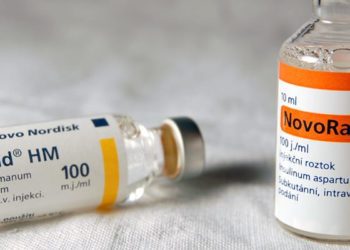Ultraprocessed food consumption comprises high proportion of energy intake in obese Canadian children
1. In a cohort of Canadian children, higher ultraprocessed food (UPF) consumption comprised almost half of their energy intake.
Evidence Rating Level: 1 (Excellent)
Ultraprocessed food (UPF) consumption has increased globally, with Canada among the top five countries for the greatest sales of UPF. Many consumers opt for UPF foods since they are easily available, stable for long periods of time, and nutrient dense. One concern is the association between diet and chronic disease, with diet being a modifiable risk factor for many diseases. Studies focusing on the association between UPF consumption and obesity and adiposity are limited in North America. To provide new research, this study sought to explore the association between UPF intake and anthropometric adiposity indicators and obesity status in children. Eligible participants included pregnant women in Edmonton, Manitoba, Toronto, and Vancouver, who gave birth to a child older thran 24 weeks 4 days gestation. The main measurements included a 112-item food frequency questionnaire (FFQ) to measure diet, stadiometer measuring height, skin calipers for skinfold thickness, nonstretchable measuring tape for wait circumference, and a calibrated scale to measure weight. After meeting eligibility, a total of 2217 participants were included in the study (median age, 5.0 (IQR, 5.0-5.1) years at outcome assessment). In children of 3 years of age, UPF comprised 45% of their daily dietary intake while unprocessed and minimally processed foods contributed 37.5%. although they were generally high in the total population, the UPF energy intake was higher in males compared to their female counterparts (46.0% vs 43.9%; P<.001). For every 10% increase in UPF energy contribution, there was a higher BMI (β 0.08; 95% CI, 0.03-0.14) and waist to height ratio (β, 0.07; 95% CI, 0.01-0.12) in males. After performing the regression analysis, the results showed that there was no association between UPF intake and obesity or overweight status in all children. However, there was an association between higher UPF intake and obese or overweight status in males (odds ratio, 1.19; 95% CI, 1.02-1.36). Overall, the high amounts of UPF intake in Canadian children are concerning due to their association with elevated anthropomorphic measurements. Public health aims in the future should focus on promoting healthy food choices in childhood.
Click to read the study in JAMA Network Open
Image: PD
©2024 2 Minute Medicine, Inc. All rights reserved. No works may be reproduced without expressed written consent from 2 Minute Medicine, Inc. Inquire about licensing here. No article should be construed as medical advice and is not intended as such by the authors or by 2 Minute Medicine, Inc.







